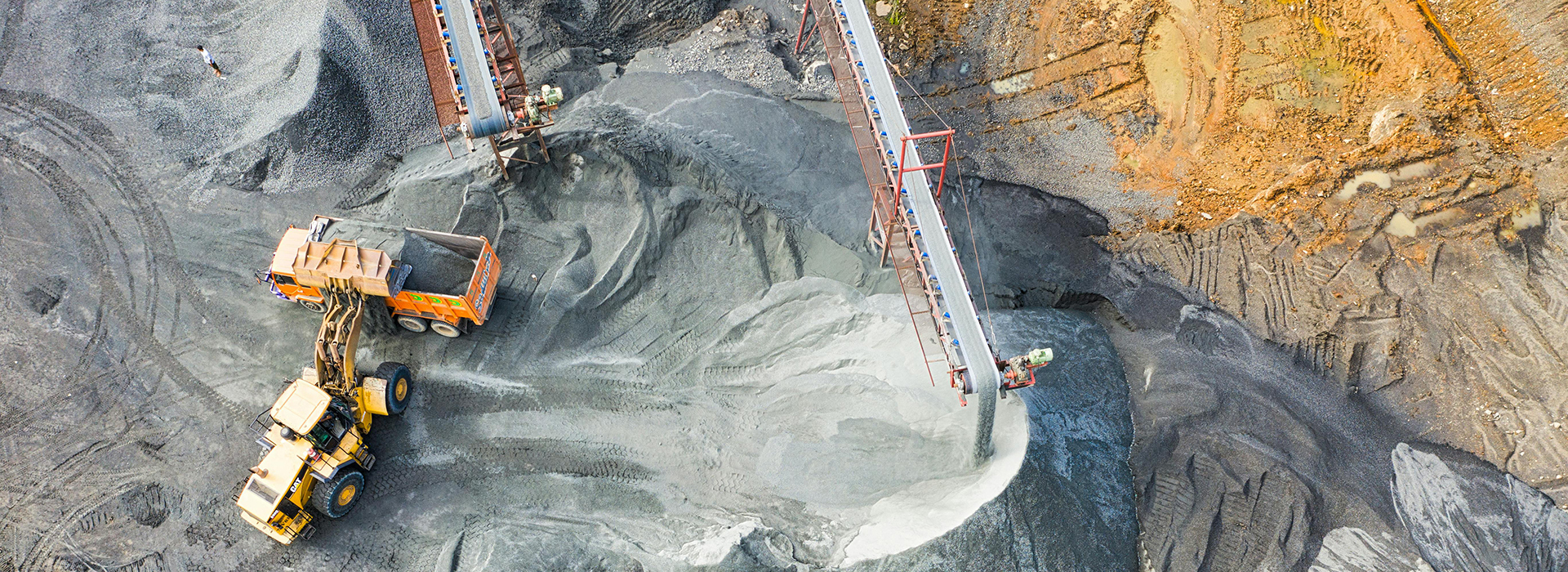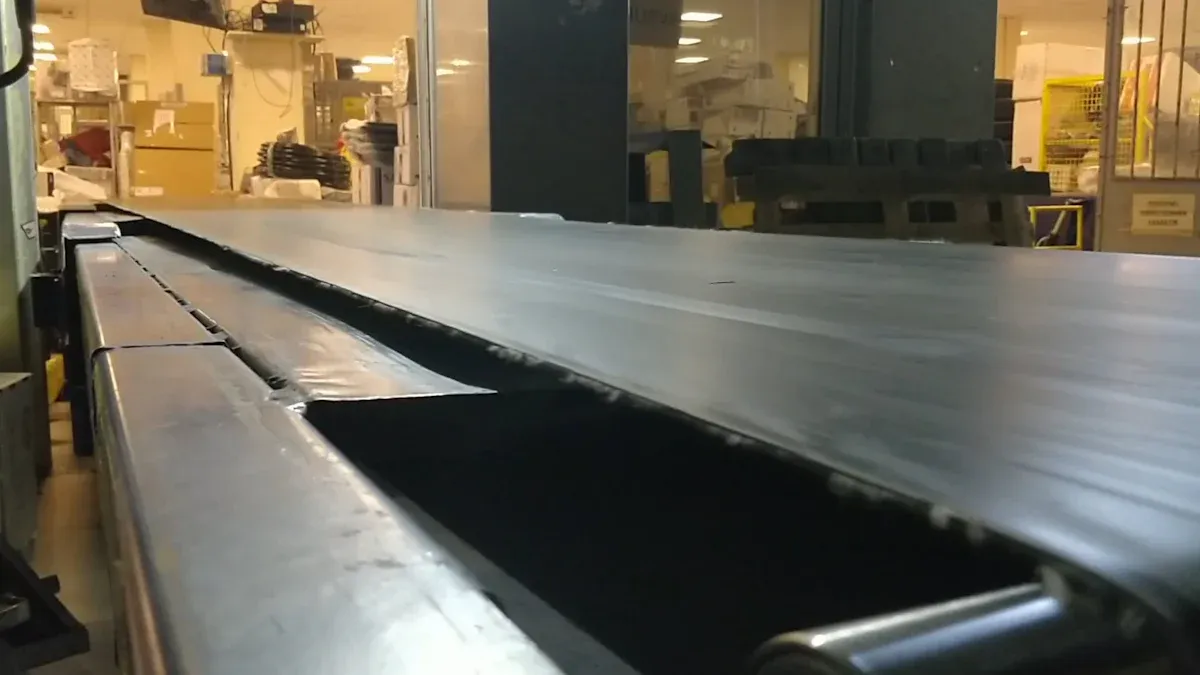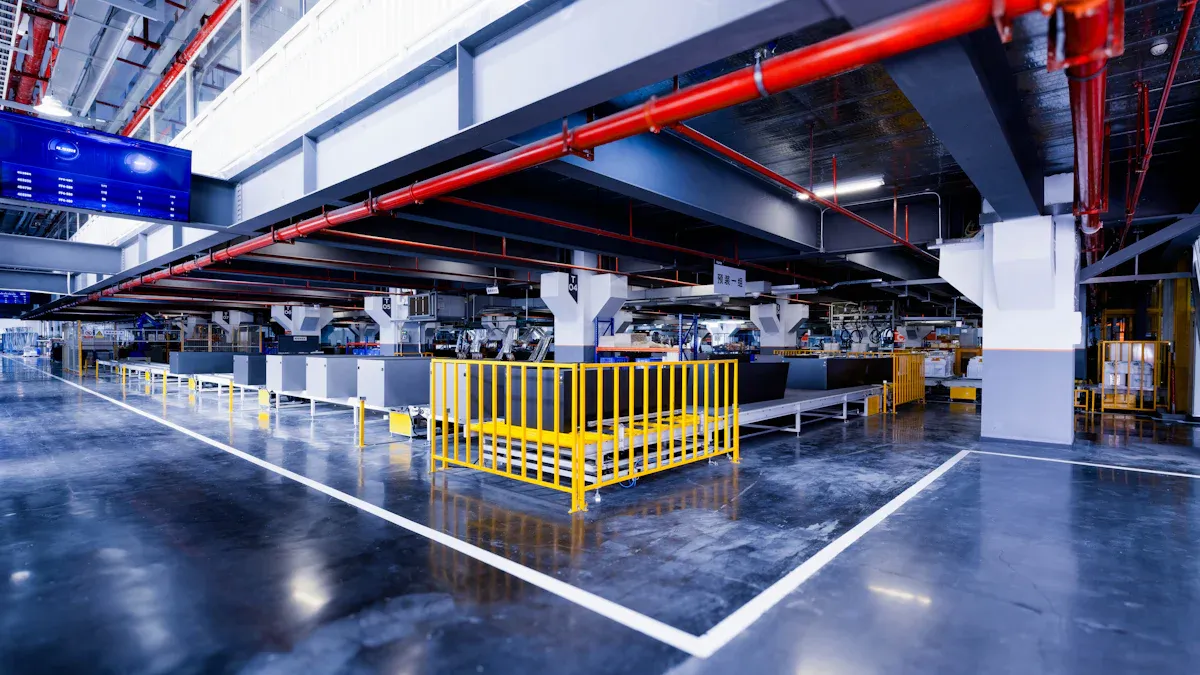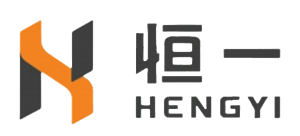
Is a Heavy Duty Rubber Conveyor Belt Worth It Today?
2025-10-03 14:45
You need something that works for hard jobs. Heavy duty rubber conveyor belt technology is known for being tough and working well in places like mines and factories.
Fenner Dunlop’s X Series belts are more than twice as hard to rip as other brands. This means less time fixing and less maintenance.
Look at these market facts:
Statistic/Trend | Description |
|---|---|
Durability Priority | 71% of people think durability and carrying heavy loads are most important for heavy-duty jobs. |
Market Share | Heavy-duty rubber conveyor belts were the most used in 2025. |
Abrasion Resistance | The abrasion-resistant type made the most money in 2024, which is important for places where things wear out fast. |
Think about your job and what you need before choosing this belt.
Key Takeaways
· Heavy duty rubber conveyor belts are made for hard work. They last longer than lighter belts. They can carry heavy things better.
· It is important to take care of your belt. Check your conveyor belt every week. This helps you find problems early. You can avoid expensive repairs.
· These belts work in very hot or cold places. They are good for mining, construction, and manufacturing jobs.
· Buying heavy duty rubber conveyor belts can save money later. They do not break as often. They use less energy over time.
· Pick the best belt for your job. Think about how much you need to carry. Look at what material you will move. Check where you will use the belt before you choose.
Durability

Wear Resistance
You want a conveyor belt that can handle hard work. Heavy duty rubber conveyor belts do not wear out easily. They can take hits and deal with heat and cold. This makes them good for mining and building sites.
Here is a table that shows how they compare:
Feature | Heavy-Duty Rubber Conveyor Belts | Other Belt Types |
|---|---|---|
Strength | Great for heavy loads | Changes by type |
Durability | Lasts long with rough use | Not as strong |
Suitability for Applications | Best for mining, construction | Works for lighter jobs |
Wear Resistance | Handles hits, heat, and cold | Not always as tough |
Maintenance | Needs more care | May need less care |
These belts move heavy things and rough stuff easily. Many companies pick them because they last longer when used a lot.
Lifespan
It is important to know how long your belt will work. In mining, heavy duty rubber conveyor belts last about 2 to 4 years. In big factories, they last 3 to 5 years.
This means you can count on them for a long time, even in tough places. More companies are buying these belts because they last. Mining, cement, and shipping businesses are growing. They need strong conveyor belts more than ever.
Maintenance
You have to take care of your conveyor belt to keep it working. Heavy duty rubber conveyor belts need to be checked often and fixed before problems happen.
Some common problems are:
· Blockages
· Stuff falling off
· Belt not staying straight
· Belt slipping
Check for problems like slipping and not lining up right. Taking care of your belt stops big problems and saves money. These belts use more power and can make your system work harder. This means you might pay more to keep them running than lighter belts like PVC.
New technology helps you take care of your belt better. Smart conveyor systems use sensors to watch for trouble. You can find problems early and fix them fast. Using green materials and designs that save energy also makes taking care of your belt easier and helps the planet.
Performance
Load Handling
You need a conveyor belt that can carry heavy things. Heavy duty rubber conveyor belts move lots of material every hour. In mining, these belts can move up to 30,000 tons each hour. They do not get damaged by rocks or debris. You can change the belt to fit your system. This helps you get the best results. The belts are made with strong materials like cotton canvas. Some use interwoven dipped canvas for extra strength. You can use them in very hot or cold places. They work from -73℃ to +260℃ without trouble.
Feature | Heavy-Duty Rubber Conveyor Belts | Other Belt Types |
|---|---|---|
Durability | High | Varies |
Capacity | Up to 30,000 tons/hour | Generally lower |
Impact Resistance | Excellent | Moderate to Low |
Customization | High | Limited |
Energy Efficiency | High | Varies |
Cost-Effectiveness | Long-term savings | Often higher operational costs |
Reliability
You want your conveyor belt to work every day. Heavy duty rubber conveyor belts are strong and do not stretch much. They do not get ruined by chemicals. The belts keep their shape under heavy loads. They are safe to use near electrical equipment. The way you join the belt makes fixing and installing easy. These belts last a long time and come with a warranty. You can keep your system working with less stopping.
Metric | Description |
|---|---|
Temperature Tolerance | Handles extreme heat and cold without damage |
Load Capacity | Moves heavy materials without failing |
Flexibility | Bends around corners and fits different systems |
Speed | Runs fast without wearing out |
Joining Method | Easy to install and fix |
Lifespan | Works for years with proper care |
Tip: Check your belt often and use smart tools to watch for problems. Picking the right belt helps you avoid stops and keeps your work going.
Industry Applications
Heavy duty rubber conveyor belts are used in many jobs. Mining companies use them to move rocks and minerals fast. Factories use them to make more products and stop less. Construction sites use these belts to move things quickly and save money. Logistics centers use them to move goods fast and help with automation. These belts help you keep up with busy work.
Industry | Performance Outcomes |
|---|---|
Mining | Efficient material transport, reduced labor costs, increased operational efficiency. |
Manufacturing | Enhanced productivity, reduced downtime, increased throughput. |
Construction | Swift movement of materials, cost-effective transport solutions. |
Logistics | Improved efficiency in goods movement, support for automation in operations. |
You get strong results in hard jobs. Heavy duty rubber conveyor belts help you work faster and stay safe.
Value of Heavy Duty Rubber Conveyor Belt
Cost and Benefits
When you pick a conveyor belt, you want to know the price and what you get. Heavy duty rubber conveyor belts cost more than PVC or PU belts. Stainless steel belts are the most expensive. You pay extra for rubber, but it lasts longer and works better for hard jobs.
Material | Initial Cost |
|---|---|
PVC & PU | Lower initial costs |
Rubber | Moderate to high |
Stainless Steel | Highest upfront cost |
Rubber belts are strong and reliable. They carry heavy loads and work in tough places. You spend less time fixing them. You can also choose the size and strength you need. This helps you get the right belt for your job.
Note: The belt’s material and how it is made change the price. Bigger and stronger belts cost more money. If you buy many belts, you can save on each one.
Long-Term Savings
You want your money to last. Heavy duty rubber conveyor belts help you save over time. You fix and replace them less often because they last longer. Many rubber belts use less electricity, so you save on energy bills. When your belt works well, you avoid breakdowns and keep your business running.
Cost Saving Aspect | Description |
|---|---|
Reduced Maintenance Costs | Good materials and regular checks mean less wear and tear, so you spend less fixing them. |
Enhanced Energy Efficiency | Belts that use less energy help you save on bills. |
Minimized Downtime | Watching your belt and using good parts means fewer breakdowns. |
· Strong belts need fewer repairs.
· Reliable belts help your work go faster.
· Less fixing and lower energy bills save you money.
Buying a heavy duty rubber conveyor belt helps you work better and saves money for years. You fix and replace belts less. You also use less energy, which helps your business. These belts keep your system running and stop downtime.
Comparison with Alternatives
You have choices for conveyor belts. PVC belts cost less at first, but do not last long in hard jobs. Steel belts last a long time, but cost much more and are heavy. Heavy duty rubber conveyor belts cost more than PVC, but last longer and work better in tough places. You save money over time because you do not replace them as much.
· Heavy duty rubber conveyor belts cost more than PVC belts.
· They last longer in places with heat, chemicals, or rough stuff.
· Their strength saves you money over time, so they are smart for hard jobs.
These belts are made for tough work and hard places. You see them in mines, quarries, cement plants, and metal factories. They move rocks, sand, and hot things without breaking. They work well with heat, flame, oil, or rough materials.
Tip: Think about your job and what you need. If your work is tough, a heavy duty rubber conveyor belt is the best choice.
You should also think about the environment. Rubber belts use energy and oil. They are hard to recycle and make waste. Less than 10% of used belts get recycled in Europe. If you want a greener belt, look for ones made with recycled materials or that save energy.
